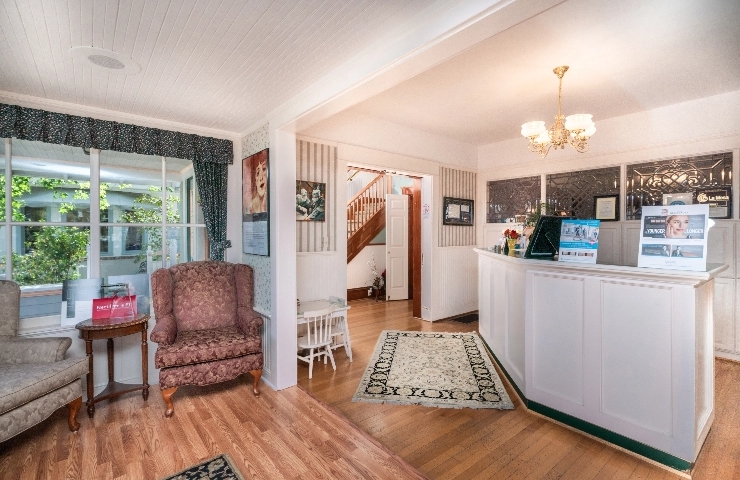What Is A Scar Revision?
Nobody wants to feel singled out because of a scar they feel is too prominent. San Diego men and women with noticeable scars on their face or body may feel emotional stress about their appearance. Whether the scar is from an accident, acne or previous surgical procedure, such as a C-section scar that is above the bikini line, or a vertical emergency scar on the abdomen, these marks often make people feel embarrassed. Scars from these types of surgeries, trauma or cases of severe acne may be jagged, pitted, red, bumpy or otherwise so distorted that the patient feels it is the first thing that people notice about them.
Luckily, there are some cosmetic procedures that are recommended for scar revision. And while individual results do vary, with a proper treatment plan in place, scar revision techniques may revise scars for good. In some cases, a combination of treatments may be the recommended approach for minimizing the appearance of the scar as much as possible.
Scar Revision Treatment Options
Treatment options begin with the removal of the old scar and might include:
- Injectable fillers
Though individual results vary, substances like Restylane is an amazing filler that works wonders on certain types of facial scarring, such as acne scars or other shallow scars on the face. Restylane, for example, is a hyaluronic acid-based formula that typically produces long-lasting, natural results. Bellafill, is indicated for deep icepick acne scars, unlike hyaluronic acid fillers in creates a lasting improvement in skin with tiny polymethyl methacrylate microspheres suspended in collagen gel. Once injected, The body uses these microspheres as a scaffold to build collagen for up to 5 years.
- Skin resurfacing treatment
Various laser resurfacing or microneedling options can be used in conjunction C scar revision to change the appearance of an unwanted, unsightly scar. With these treatments, collagen production – your body’s natural rejuvenation and skin healing process – is stimulated to make the scar less noticeable.
- Incision closure techniques
Some scars are so deep or jagged that they need layered closure to look more natural and fade into your skin. For these types of scars, incision closure is usually a good option. With incision closure, absorbable or non-removable sutures are placed below the skin. As layers of skin continue to build, the surface scar begins to fade into the skin.
- Tissue expansion
Tissue expansion is a viable option for revising certain very large scars, particularly burn scars, loss of hair, and contractures. A surgical balloon is placed underneath the scar and expanded, causing good skin to expand. Once this happens, the old scar is removed and the good skin is rotated into the area.
- Microfat grafting
Microfat grafting is another option for removing scars such as those caused by acne. With this scar removal technique, Harvest of fat is performed to retrieve donor fat, which is then grafted into your scar to plump it up and fill it out. Many San Diego men and women like the microfat grafting scar revision option because it combines liposuction of problem areas on their bodies with scar revision.



